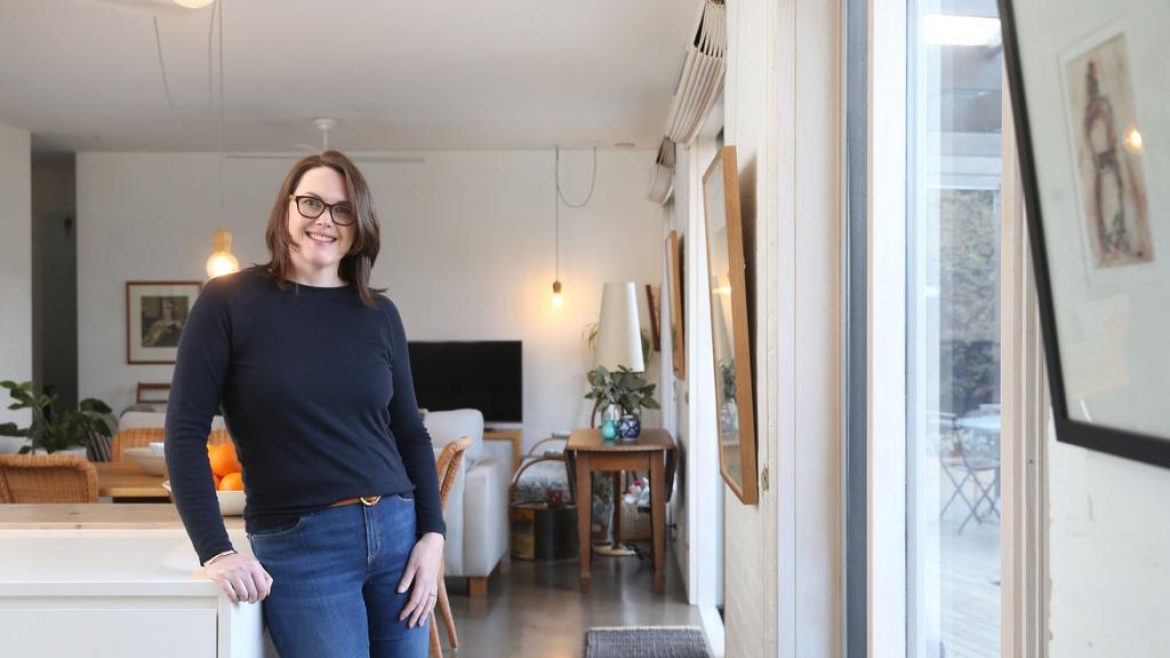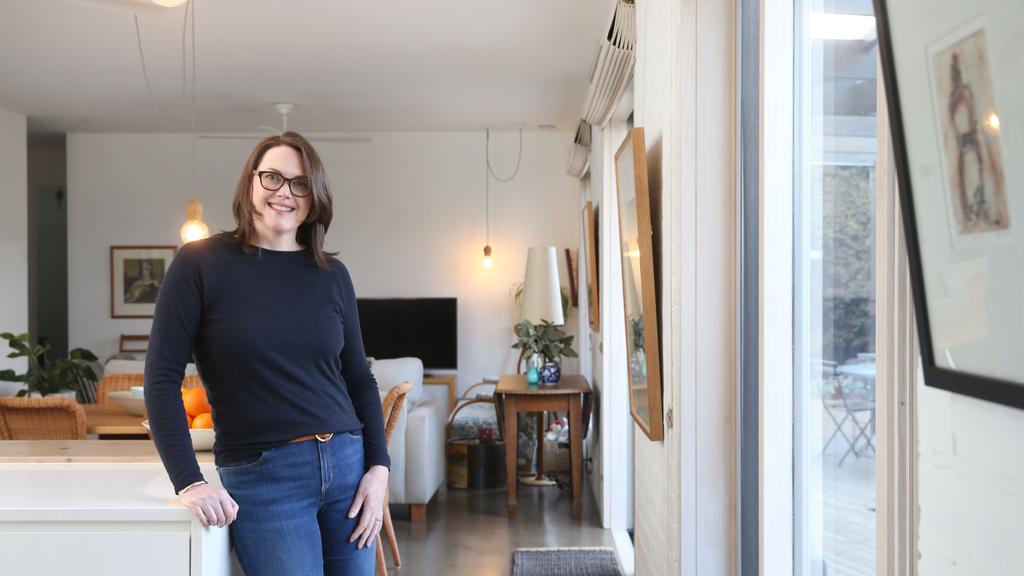
Fleur Pitman is opening her house virtually for national sustainable house day in September. Picture: Peter Ristevski
Simple and affordable ideas can be most effective when designing a house that allows owners to lower energy costs, live comfortably and help the environment.
Geelong homebuyers can learn how the owners of some of Australia’s best environmental homes have achieved their sustainability goals.
Belmont resident Fleur Pitman is joining more than 150 people offer virtual tours of their homes for Sustainable House Day on September 20.
RELATED: New estates launched in Armstrong Creek, Leopold
Darryn Lyons’ quirky childhood home sells
Friends buy first homes next door to each other
Ms Pitman said the most important design element was orientating the house to face north and reducing a house’s footprint by creating more multi-function spaces like study-bedrooms and design entertainment units to eliminate separate media rooms.
“People don’t need to spend more money, they need to choose how to spend their money and what is that contributing to,” she said.
“With a project home build, that can as simple as reversing the plan (to face north).”
Her house achieved a 8.5-star rating when it was built in 2012, before winning national awards in 2014.
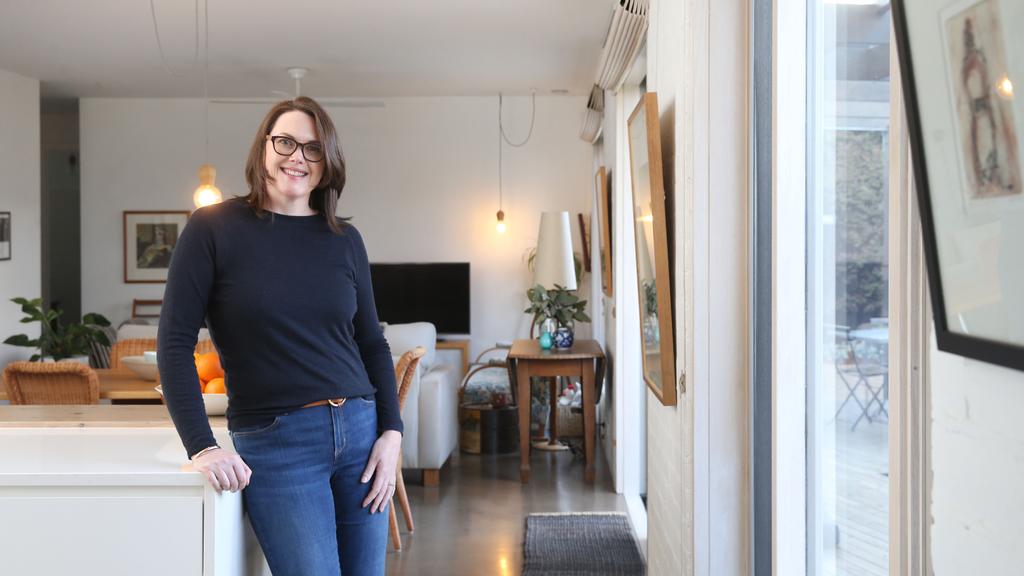
Fleur Pitman is opening her house virtually for sustainable house day on September 20. Picture: Peter Ristevski
“My home, without the double glazing and all the extra things, still rates over 7 stars.
“If you pay for good double-glazed windows that’s going to contribute to the performance for the whole life of the house.
“If you put that same money into your kitchen benchtops, that might be a nice piece of granite but is it making your house more comfortable when your cheap aluminium windows let the heat come in and cold go out?”
Passive solar design includes using eaves, which allows maximum sunlight in winter, when the sun is lower in the sky, but shade in summer.
Polished concrete floors and reverse brick veneer walls (so the bricks are inside the stud wall) creates thermal mass to retain heat and naturally regulate the interior temperature.
“When bricks are on the outside of the house they’re just acting as cladding,” she said.
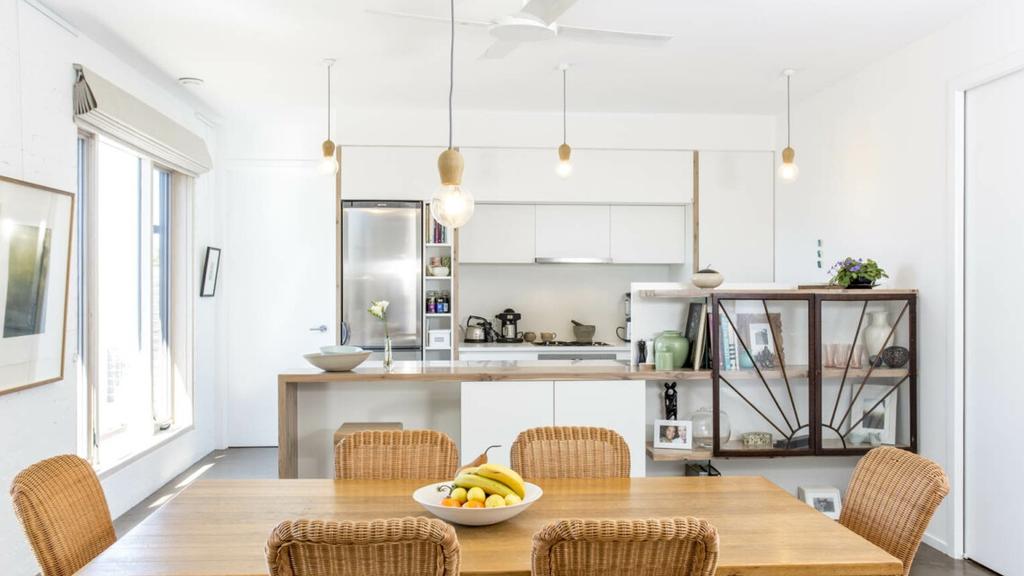
Inside the sustainable house of Fleur Pitman, open for virtual tours for Sustainable House Day.
There’s no airconditioning but Ms Pitman uses the heater for an hour on winter mornings to raise the temperature from 18 to 20 degrees, leaving the sun to do the rest.
In summer, the concrete and brick draws heat from the air, while ceiling fans can give a 5 per cent perception of cooling, she said.
“In January, when we’ve had runs of five or so days over 40 degrees, for the first couple of days this house has been 22 inside and at the end it’s only maxed out at 26 degrees.”
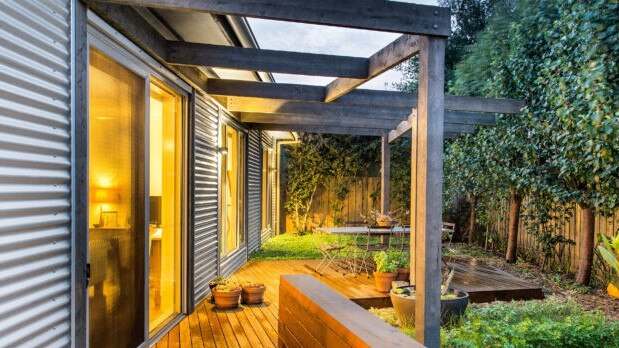
Inside the sustainable house of Fleur Pitman, open for virtual tours for Sustainable House Day.
Find out more about Ms Pitman’s Belmont Sustainable House and others on video tours and ask questions on the website at sustainablehouseday.com/program/.
Selected homeowners will also take part in information sessions, hosted on Zoom by sustainability experts, designers and architects.
Participants must register at sustainablehouseday.com/register
Geelong Sustainability Group will host a similar event on October 10 and 11. See geelongsustainability.org.au/shd2020/ for details.
The post Sustainable House Day: Virtual event to offer inspiration to build the next low-cost green homes appeared first on realestate.com.au.

